The Most Popular Articles of 2023
By The Editors
The numbers are in. We’ve compiled the most popular articles of 2023. Here’s what you, our readers, have enjoyed.
December 28, 2023
From The Staff
10. Beautiful Armor
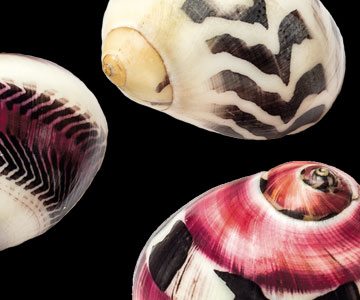
The rich variety of mollusk shells reflects the diversity of the phylum, which has fascinated humans for millennia.
9. A Picture of Dinosaur Nesting Ecology
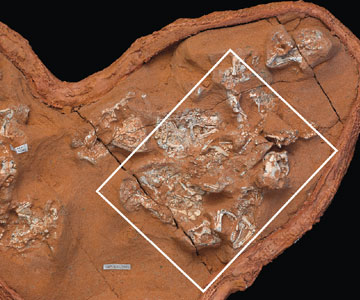
A long-standing mystery in paleontology is why we have discovered thousands of eggs from some types of dinosaurs, such as the duck-billed hadrosaurs, but none at all from other types of dinosaurs, such as the armored stegosaurs. For more than a century, most paleontologists hypothesized that all dinosaurs laid hard-shelled eggs.
8. A Deep Dive into Innovation

Because of its striking suitability to specific situations, the butterfly stroke may appear to have been ingeniously and foresightedly designed. More often than not, however, this and many other creative acts actually arose “as if by design.” A deep dive into the history of this innovation provides a firmer grasp on the very nature of behavioral creativity. What emerges is an intricate web of causation involving three main factors: context, consequence, and coincidence.
7. In Models We Trust—But First, Validate
by Daniel Solow
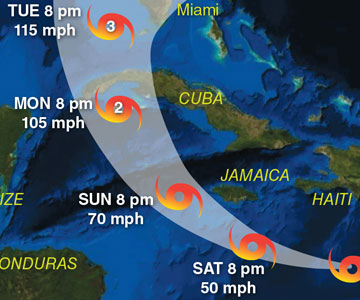
All models are beautiful—even mathematical ones. They provide insights to scientists and to the general public about a vast array of phenomena in the real world, and we have come to rely on them much more than you may realize.
6. Medical Imaging in Increasing Dimensions
by Ge Wang
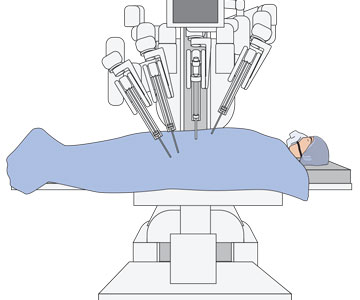
Combining technologies and moving into virtual space makes seeing into the body more accurate and beneficial.
5. Genomic Predictions in the Big Data Era

In recent years, more than 30 million genomes have been genotyped by companies such as 23andme or MyMedLab. These companies provide customers with ancestry and health-related information, and link genotype data with measurements (called phenotypes) collected from surveys, wearables, and electronic health records. The resulting datasets are routinely used for genomics research. Likewise, several public initiatives have developed large biomedical datasets, such as the UK Biobank and the All of Us program, comprising DNA and extensive phenotypic attributes from hundreds of thousands of participants.
4. The Orbit of the Moon
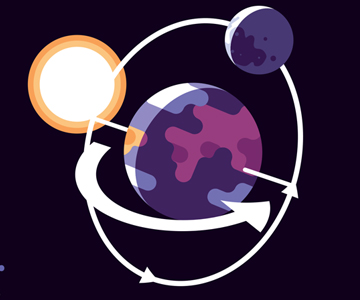
The Moon completes one orbit around the Earth (a sidereal month), in 27.3 days. Because the Earth is also orbiting the Sun, it takes two more days for the Moon to complete its cycle of phases (a synodic month).
3. Bias Optimizers

It has been less than a year since OpenAI released ChatGPT, and mere months since its GPT-4 update and Google’s release of a competing AI chatbot, Bard. The creators of these systems promise they will make our lives easier, removing drudge work such as writing emails, filling out forms, and even writing code. But the bias programmed into these systems threatens to spread more prejudice into the world. AI-facilitated biases can affect who gets hired for what jobs, who gets believed as an expert in their field, and who is more likely to be targeted and prosecuted by police.
2. Is Garlic Mustard an Invader or an Opportunist?
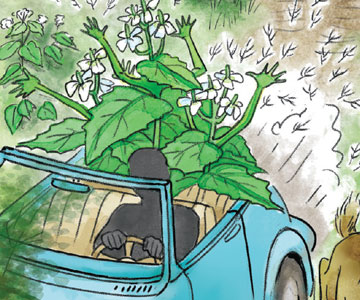
Invasive plants are often assumed to spread by outcompeting native species. In garlic mustard’s case, this hypothesis is certainly plausible. The adult plants are tall, compared to other forest-dwelling herbs, which provides a significant light-gathering advantage in dim understory environments. The rapid growth of adults in their second year of life also seems likely to deplete soil resources such as water and nutrients, lowering their availability to smaller native plants.
1. Time Is an Object
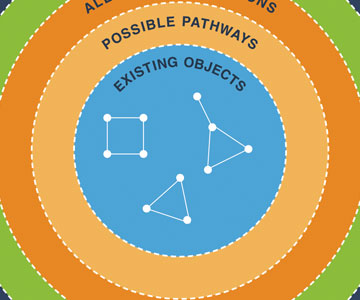
A timeless universe is hard to imagine, but not because time is a technically complex or philosophically elusive concept. There is a practical reason: The act of imagining timelessness requires time to pass. Even when you try to imagine its absence, you sense it moving as your thoughts shift, your heart pumps blood to your brain, and images, sounds, and smells move around you. The thing that is time never seems to stop.
American Scientist Comments and Discussion
To discuss our articles or comment on them, please share them and tag American Scientist on social media platforms. Here are links to our profiles on Twitter, Facebook, and LinkedIn.
If we re-share your post, we will moderate comments/discussion following our comments policy.